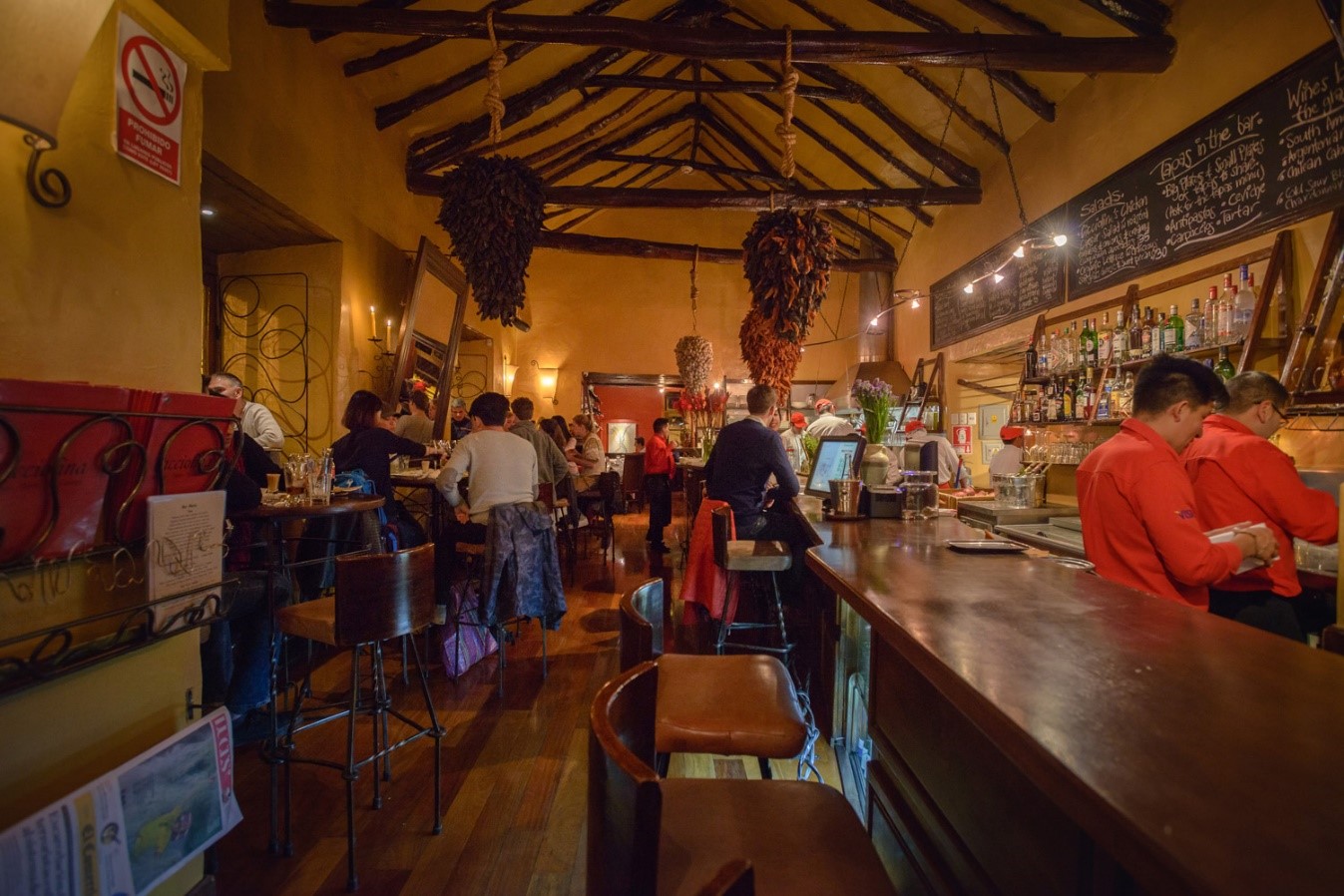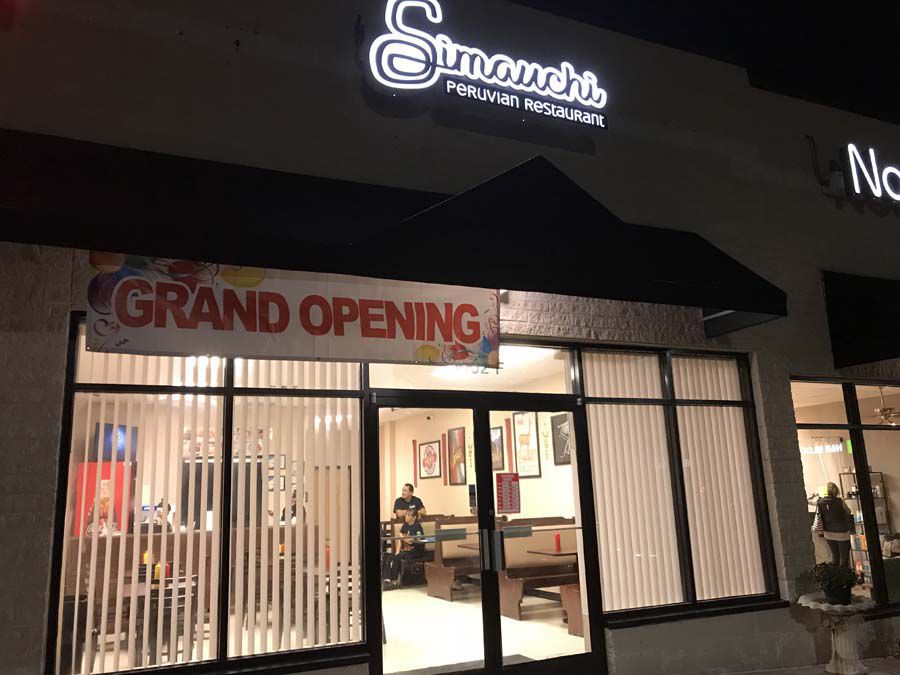
His London business partners are the Venezuelan brothers Gabriel and José Luis Gonzalez and there is already talk, highly secret at this stage, of opening a Lima Mk. Though based overseas, Martinez is a constant presence here through frequent trips to the UK and his long-time collaborator, head chef Robert Ortiz. The culinary guiding force is chef Virgilio Martinez, who worked with some of the top chefs in Europe and the States until he returned to Peru in 2008 and opened his own restaurant, Central, in Lima, which has made it onto the influential World’s 50 Best Restaurants list. This is ambitious statement food showcasing technique and imagination as well as the soul and stomach of Peru. This is ambitious statement food showcasing technique and imagination as well as the soul and stomach of Peruīut you’ve come to Lima for the food, not the décor, and what can you expect? For a start, it’s not peasant food (unlike the Mexican phenomenon that swept through London recently).

There’s a large, lively room for more diners downstairs, with a timber and mirror-clad bar and blue leather banquettes with fluted backs.įor a start, it’s not peasant food (unlike the Mexican phenomenon that swept through London recently). By day, a glass ceiling floods the room with light after dark, vintage brass lamps with squirrel-cage bulbs cast a warm, flattering glow. The soft gray and cool mushroom palette is enlivened with cushions of colourful blankets from the Andes, large mirrors and a dramatic mural inspired by Peruvian artist Fernando de Szyszlo. On the ground floor, there’s an open kitchen leading into a large room lined with leather banquettes and backed by stepped wood panelling that makes you think of Machu Picchu. The narrow entrance, on a quiet, rather scruffy street, gives no indication of the dynamic space inside. The Michelin star has increased customers’ expectations, but this is an informal restaurant where you can pour your own wine and have fun.”ĭespite these protestations, Lima is quite sophisticated, with well-considered design to complement the top-notch food. “The show is on the plate, not in the décor. “We’re all about fine eating, not fine dining,” the owners insist. Fancy French accolades have done nothing to change the bare tables, ethnic art and cheerful service. This laid-back restaurant and bar became a gourmet destination overnight, drawing a much wider crowd than the locals of Fitzrovia and media-savvy Charlotte Street.īut Lima remains absolutely true to its roots, captured in the restaurant motto: Sustainability, Peru, organic, Andes, biodiversity, communities, Amazon. When Michelin awarded a star to Lima in October in 2013, it was a game changer. When I prepared a ceviche starter for Christmas lunch, my ultra-conventional family remained unfazed by raw fish in spicy dressing.

The capital’s foodies, of course, thought they’d discovered Peru, seemingly unaware of a global wave that was sweeping South and North America, or that the great Nobu empire is built on a Japanese/Peruvian alliance.īut enthusiasm here in London has turned out to be genuine and durable, spawning other restaurants from posh Mayfair to funky Shoreditch, and broadening the fan base. Two Peruvian restaurants opened in London in time for the Olympics – Ceviche in Soho and Lima in Fitzrovia. It was the most fashionable taste in town, pressing all the right buttons: clean, fresh flavours (citrusy ceviches, for instance) superfoods (quinoa and chia seeds) authentic ingredients (potatoes grown at 4,000 metres) and the frisson of immigrant influences (from Japan, Italy and Vietnam) on indigenous Peruvian cooking. Two years ago, London fell in love with Peruvian food.


 0 kommentar(er)
0 kommentar(er)
